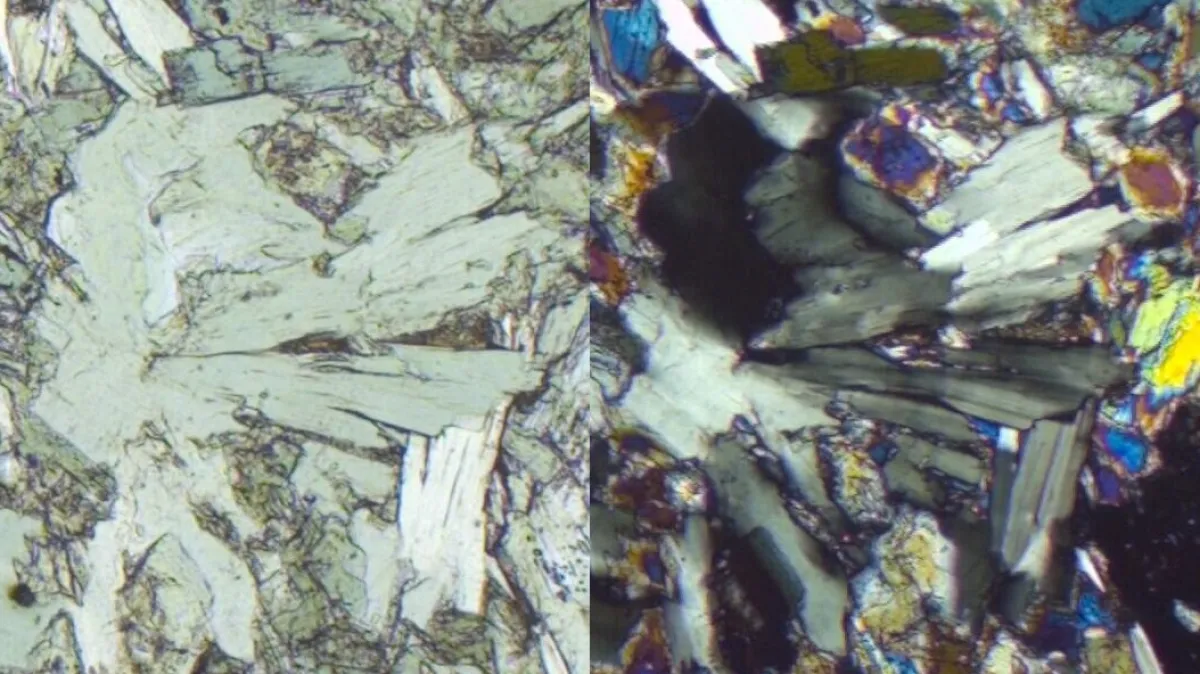Geothermometry of regional alteration assemblages from the greater McArthur Basin
Revising the chlorite geothermometer to understand the formation mechanisms of ore deposits
Project status
Content navigation
About

Mafic igneous rocks are thought to be an important source of metals for the ca. 1640–1595 Ma sediment-hosted base metal deposits in the Paleo- to Mesoproterozoic Mount Isa – McArthur Basin system of northern Australia. A set of samples from the regionally altered rocks from the greater McArthur Basin was comprehensively analysed for major and trace elements, mineral composition (XRD) and stable isotopes (δD and δ18O). The hydrogen-oxygen isotopic systematics of the fluids responsible for alteration is consistent with their origin as evaporitic brines. However, reliable interpretation of the isotopic data is held back by the lack of independent temperature constraints. The project will involve (1) compilation and critical evaluation of available chlorite and chlorite-micas geothermometers and development of a new thermodynamic approach, and (2) microprobe analysis of the samples described above. These will be combined to constrain temperatures of alteration and isotopic composition of the fluids involved in the sedimentary-hosted base-metal (Cu, Pb and Zn) mineral systems. There is a potential to extend the project to incorporate other sedimentary basins and mineral systems (e.g., IOCG).

